

Articles
When Was The Washer And Dryer Invented
Modified: November 1, 2024
Discover the history and origins of the washer and dryer in this informative article. Learn when these essential laundry appliances were first invented and how they revolutionized household chores.
(Many of the links in this article redirect to a specific reviewed product. Your purchase of these products through affiliate links helps to generate commission for Storables.com, at no extra cost. Learn more)
Introduction
In today’s modern society, our ability to wash and dry our clothes quickly and efficiently is often taken for granted. We rely on washing machines and dryers to keep our clothes clean and fresh, but have you ever wondered when these essential appliances were first invented? The history of the washer and dryer stretches back centuries, with numerous advancements and innovations along the way.
In this article, we will explore the fascinating journey of the washer and dryer, from their early developments to the modern, high-tech appliances we use today. Join us as we dive into the world of laundry and discover how these inventions have revolutionized our daily lives.
Key Takeaways:
- The washer and dryer have a rich history, evolving from manual labor to high-tech convenience, revolutionizing the way we care for our clothes.
- From the Industrial Revolution to modern eco-friendly innovations, the washer and dryer have continuously adapted to meet our evolving laundry needs.
Read more: When Was The Hair Dryer Invented
Early Developments
The concept of washing clothes dates back thousands of years, with evidence of manual washing methods being used in ancient civilizations. However, the first mechanical washing machine did not appear until the 18th century.
In 1767, a British inventor named Jacob Christian Schäffer created the first known washing machine. This early design consisted of a wooden barrel mounted on a rotating mechanism. The barrel would be filled with water and soap, and then rotated manually to agitate the clothes and remove dirt.
While Schäffer’s invention was a significant step forward in laundry technology, it was still a labor-intensive process and did not gain widespread popularity. Over the next few decades, various improvements and modifications were made to washing machines, including the addition of a mechanism for wringing out the clothes after washing.
As for dryers, their history is closely intertwined with that of washing machines. Before the invention of mechanical dryers, people relied on natural methods such as drying clothes in the sun or hanging them near a fire. However, these methods were slow and relied heavily on weather conditions.
In the late 18th century, several predecessors to the modern dryer emerged. One such device was the ventilator, invented by a Frenchman named Pochon in 1799. The ventilator consisted of a metal drum that was rotated using a manual crank, allowing the clothes inside to dry more quickly. While it was an improvement over previous methods, it still required manual labor and was not widely adopted.
Another precursor to the dryer was the mangle, invented by Robert Owen in 1834. The mangle was a device used to squeeze excess water out of clothes after washing. By placing the wet clothes between two rollers and turning a handle, the pressure exerted by the rollers would expel the water. While the mangle was not a fully automated drying solution, it helped speed up the drying process by removing a significant amount of moisture.
The Industrial Revolution and Beyond
The Industrial Revolution in the 19th century brought significant advancements in technology, and the laundry industry was not exempt from the wave of innovation. During this time, the mechanization and automation of washing and drying processes became a reality.
In the early 19th century, commercial laundries started to emerge, utilizing large-scale washing machines powered by steam engines. These industrial washing machines were capable of processing large volumes of laundry, making them essential for hotels, hospitals, and other institutions.
One notable example is the Staber Washing Machine, invented in 1882 by Hamilton Smith in Ohio, USA. The Staber was one of the first electric washing machines, revolutionizing the way laundry was done. It featured a drum that rotated the clothes, using gravity to drain the water and eliminate the need for manual wringing.
With the advent of electricity and the expansion of power grids, washing machines began to make their way into households. The early 20th century saw the rise of electric-powered home washing machines, making laundry more convenient and less time-consuming for everyday individuals.
In the 1930s, manufacturers such as Maytag and Whirlpool introduced automatic washing machines, which further simplified the laundry process. These machines featured timers, agitators, and multiple wash cycles, allowing users to set the machine and let it do the work without constant monitoring.
As for dryers, the early electric models were designed to be used by laundries and commercial establishments rather than individual households. However, with advancements in technology and the increasing demand for convenience, dryers eventually made their way into homes.
The first commercially available household electric dryer was launched by General Electric in 1938. This dryer introduced the concept of tumbling clothes in a heated drum, removing moisture and speeding up the drying process. This innovation proved to be a game-changer, significantly reducing drying times and eliminating the need for outdoor drying or hanging clothes near a heat source.
The first patented washer was invented in 1797 by Nathaniel Briggs. The first electric dryer was invented in 1938 by J. Ross Moore.
Modern Innovations
In the second half of the 20th century, the washer and dryer continued to evolve with technological advancements, offering improved efficiency, convenience, and a range of innovative features.
One major breakthrough was the introduction of automatic washing machines in the mid-20th century. These machines eliminated the need for manual intervention during the washing process. Automatic washing machines featured preset wash cycles, temperature controls, and built-in timers, providing users with a hassle-free laundry experience.
As the demand for energy-efficient appliances grew, manufacturers began developing washing machines with improved water and energy-saving features. Front-loading washing machines, for example, use less water and detergent compared to traditional top-loading machines. Additionally, the use of sensors and advanced controls allows modern machines to optimize washing cycles based on the load size, fabric type, and level of dirtiness.
When it comes to dryers, advancements in technology have led to the introduction of various sophisticated features. One notable innovation is the development of sensor technology, which detects the moisture content of the clothes and adjusts the drying time accordingly. This not only prevents over-drying but also helps save energy and prolongs the life of the clothes.
Heat pump dryers are another significant advancement in dryer technology. These dryers use a heat pump system to extract moisture from the air inside the drum, reusing the heat generated, and reducing energy consumption. While initially more expensive, heat pump dryers offer substantial savings in the long run and provide gentler drying for delicate fabrics.
In recent years, smart technology has made its way into the laundry room, allowing users to control and monitor their washer and dryer remotely. Through smartphone apps and connected devices, users can start or pause cycles, receive notifications when the laundry is done, and even receive reminders to clean the machine.
Furthermore, eco-friendly practices have become a priority in the design of modern washers and dryers. Energy Star-certified appliances are manufactured to meet strict energy efficiency guidelines, reducing water and energy consumption while maintaining high performance standards.
With ongoing research and development, the innovation in the washer and dryer industry continues. From advanced washing machines that analyze fabrics to dryers equipped with steam functions for wrinkle-free results, the future promises even more efficient and convenient solutions for our laundry needs.
Conclusion
The journey of the washer and dryer has been one of constant evolution and innovation. From the humble beginnings of manual washing and drying methods to the modern, high-tech appliances we use today, these inventions have revolutionized the way we care for our clothes.
Early developments laid the foundation for mechanical washing machines and the predecessors of dryers, making laundry a more efficient process. The Industrial Revolution brought about the mechanization of laundry and paved the way for the introduction of home washing machines.
Throughout the years, advancements such as automatic washing machines and advanced dryer technologies have further enhanced the convenience and performance of these appliances. With features like programmable wash cycles, energy-saving options, and smart technology integration, laundry has become more efficient and tailored to individual needs.
Modern innovations also prioritize eco-friendly practices, with energy-efficient appliances that aim to reduce water and energy consumption while maintaining excellent performance. Furthermore, the introduction of features like moisture sensors and heat pump technology in dryers ensures gentle drying and optimized energy use.
The future of these appliances holds even greater possibilities for efficiency, convenience, and sustainability. As research and development continue, we can look forward to further advancements such as fabric analysis technology, improved connectivity, and eco-friendly design.
So, the next time you load your clothes into the washer or dryer, take a moment to appreciate the long history and continuous innovation that has brought us to this point. The washer and dryer have come a long way, making our lives easier and giving us more time to focus on the things we love.
In conclusion, the washer and dryer have transformed the way we handle laundry. From manual labor to automated convenience, these appliances have undoubtedly made their mark on society, forever changing the way we wash and dry our clothes.
Frequently Asked Questions about When Was The Washer And Dryer Invented
Was this page helpful?
At Storables.com, we guarantee accurate and reliable information. Our content, validated by Expert Board Contributors, is crafted following stringent Editorial Policies. We're committed to providing you with well-researched, expert-backed insights for all your informational needs.
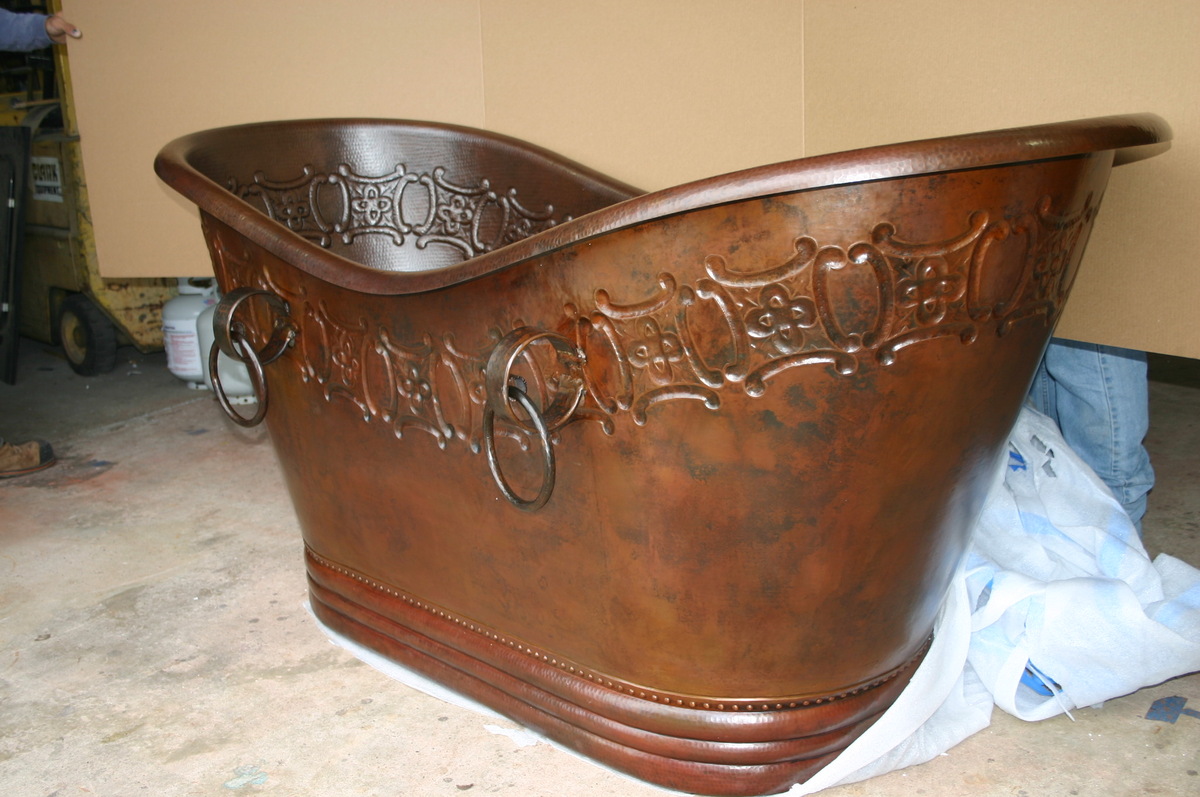
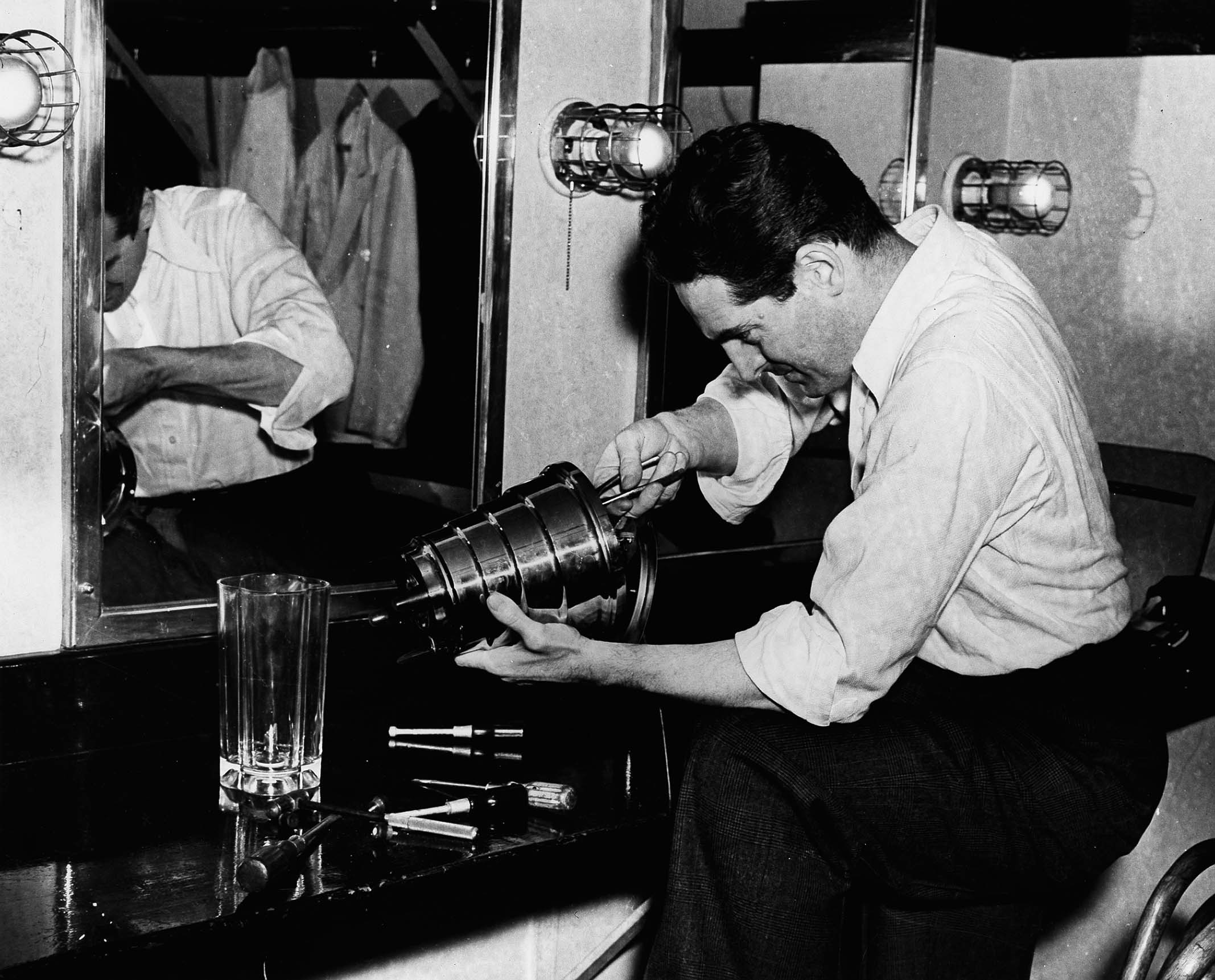



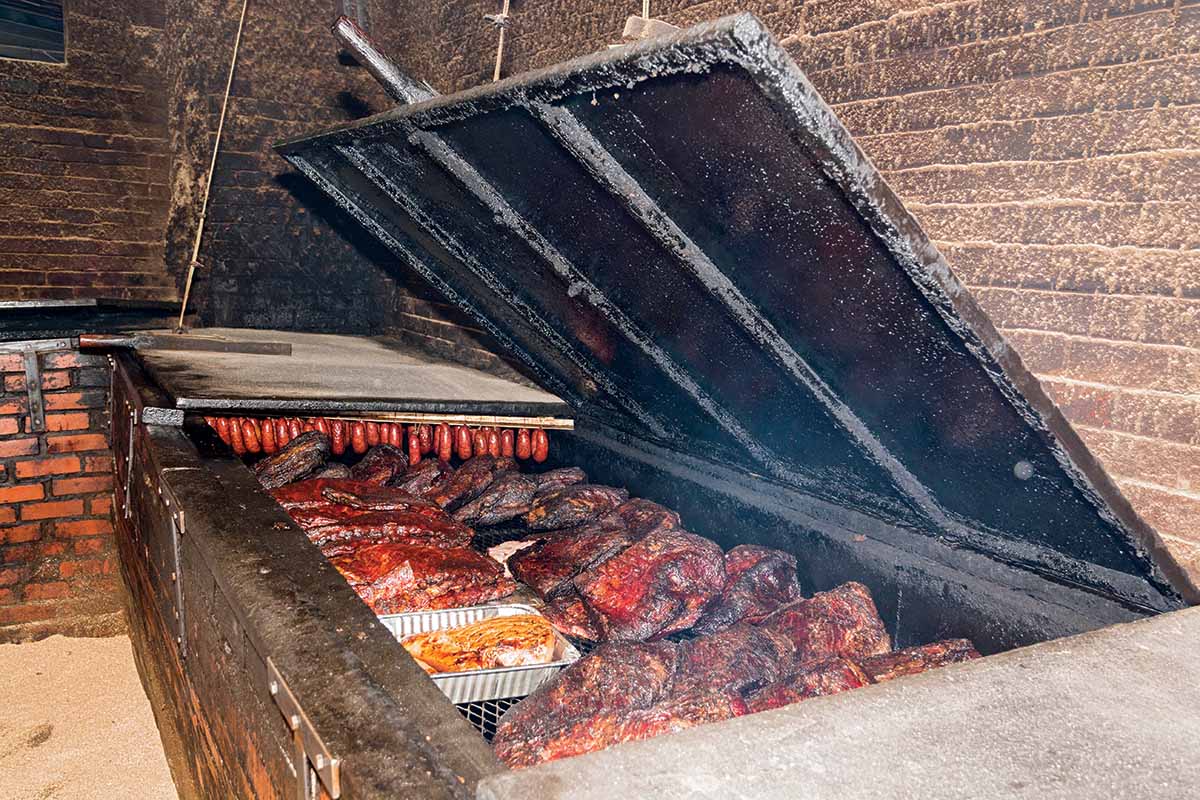
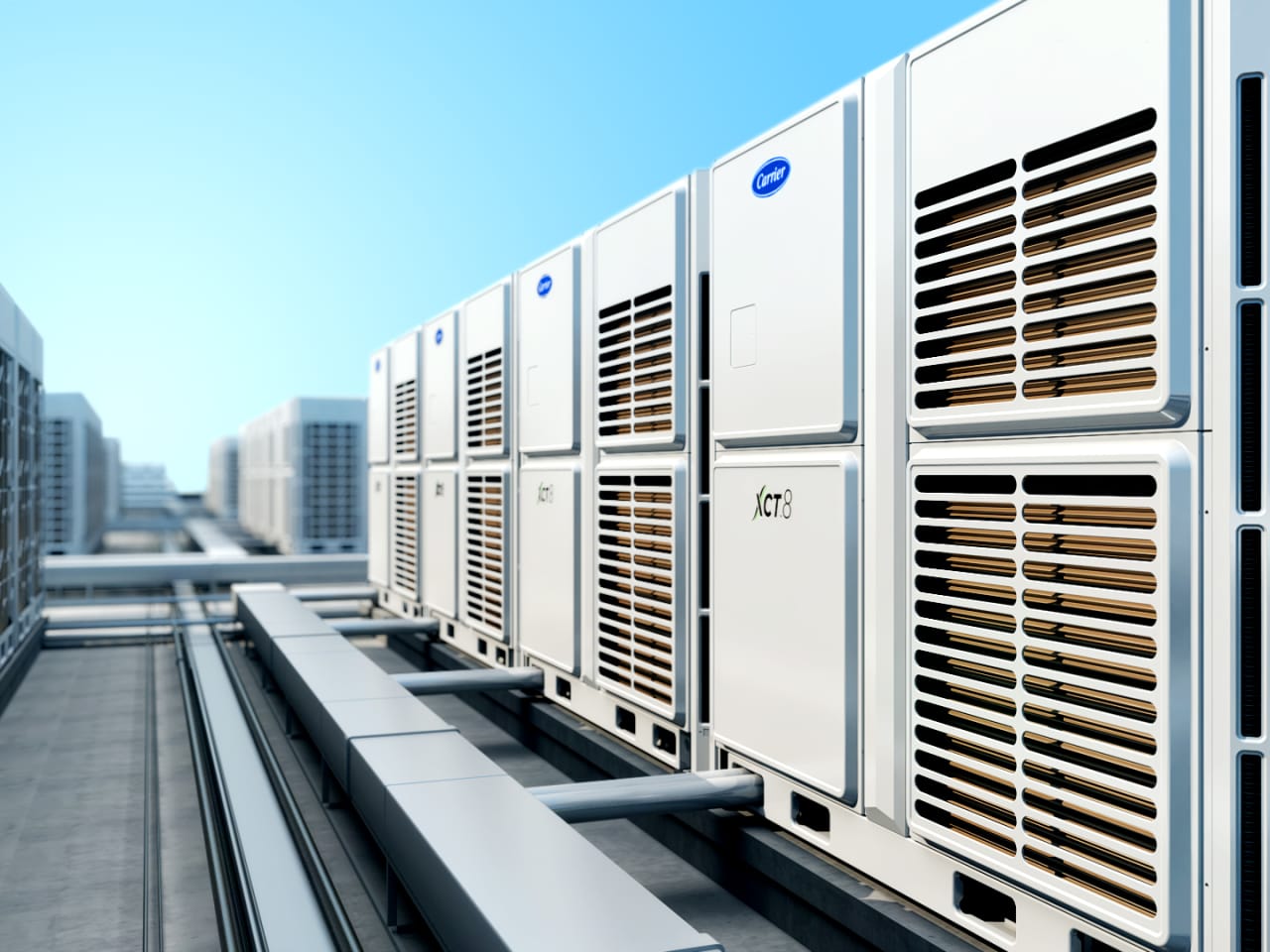
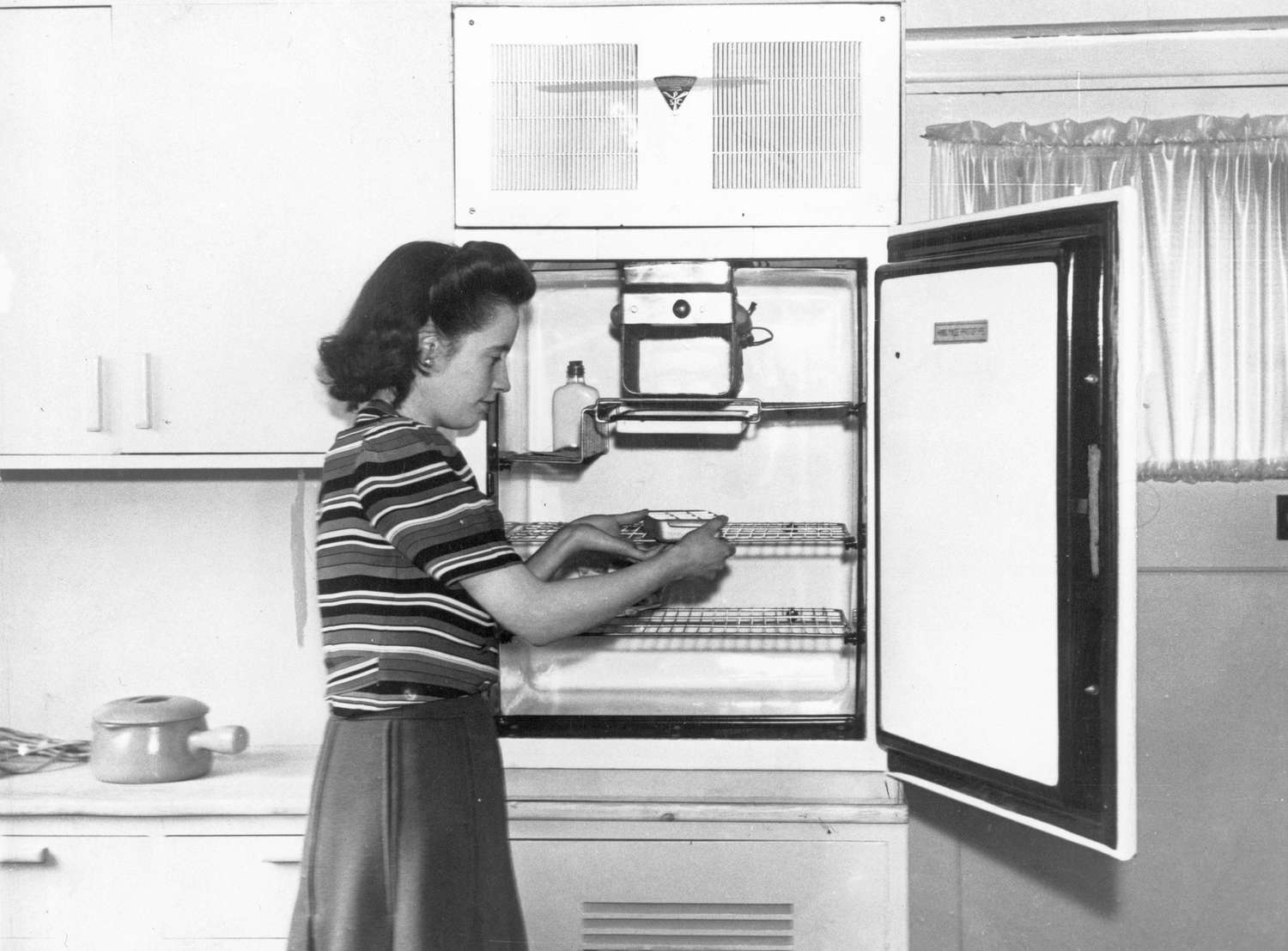

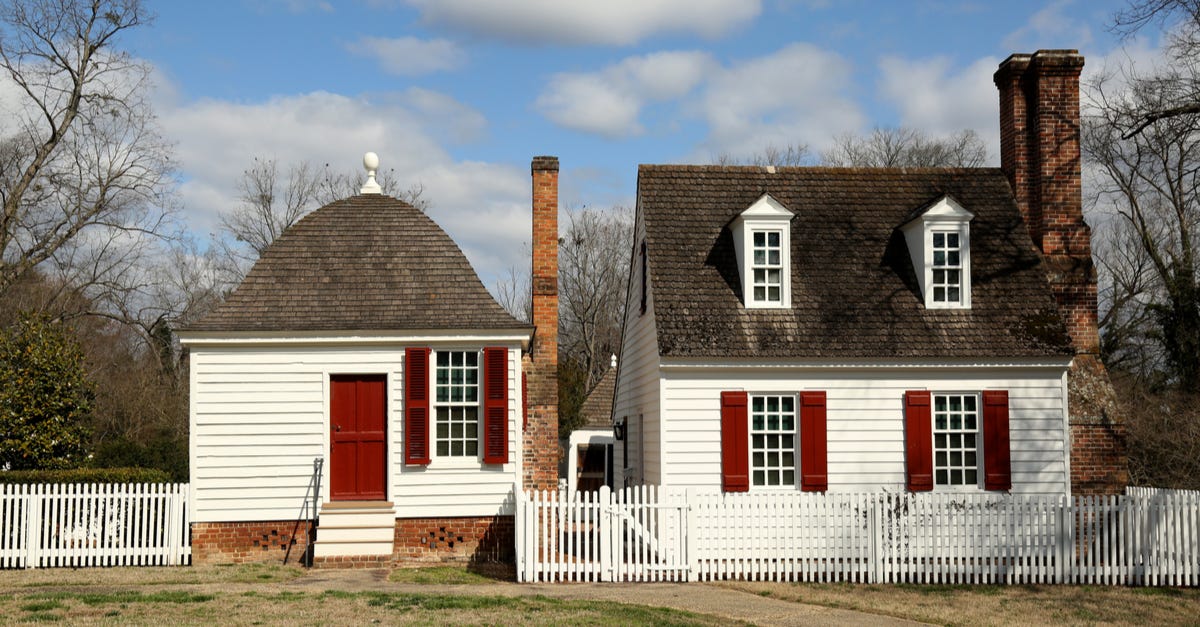
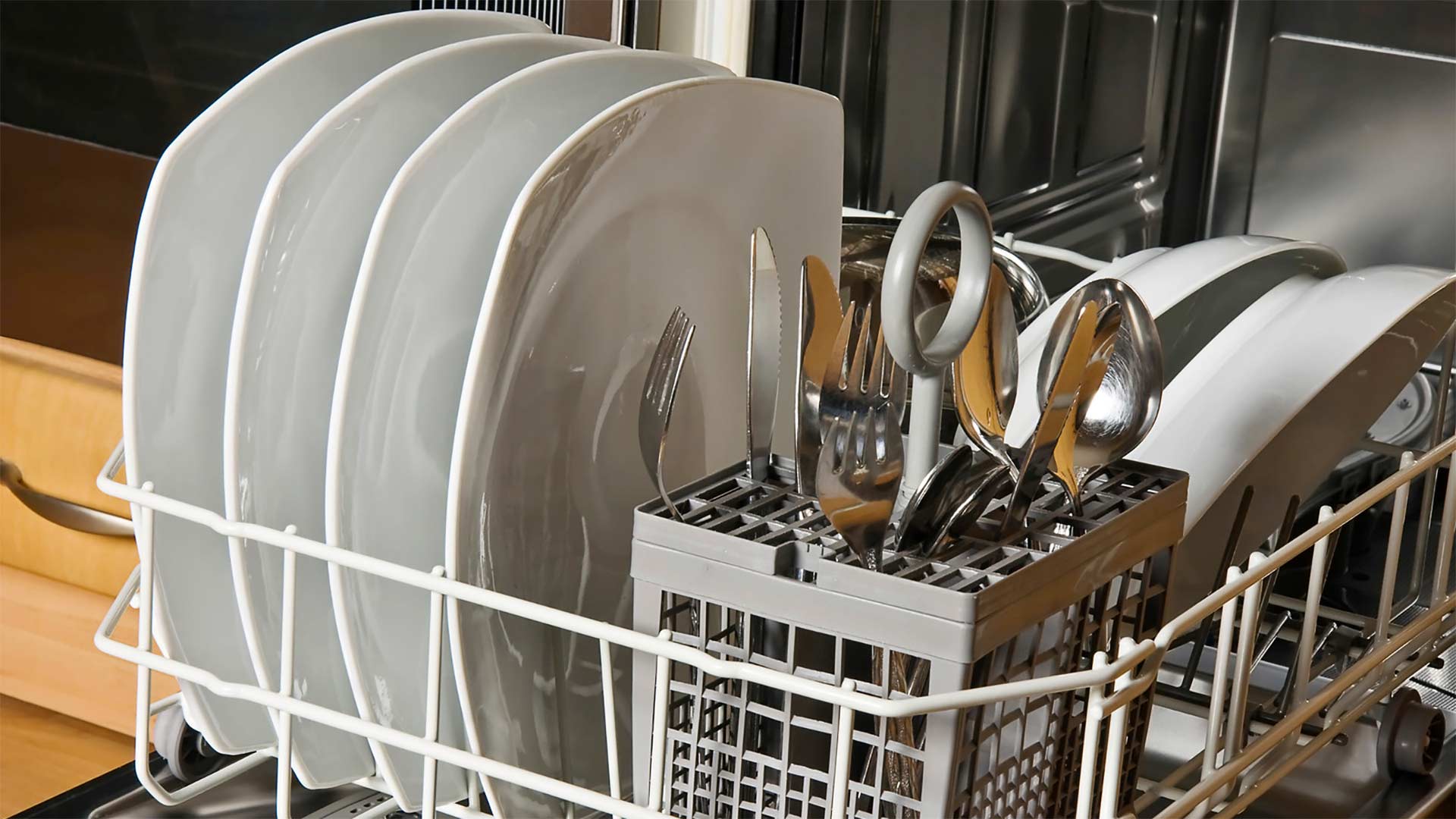
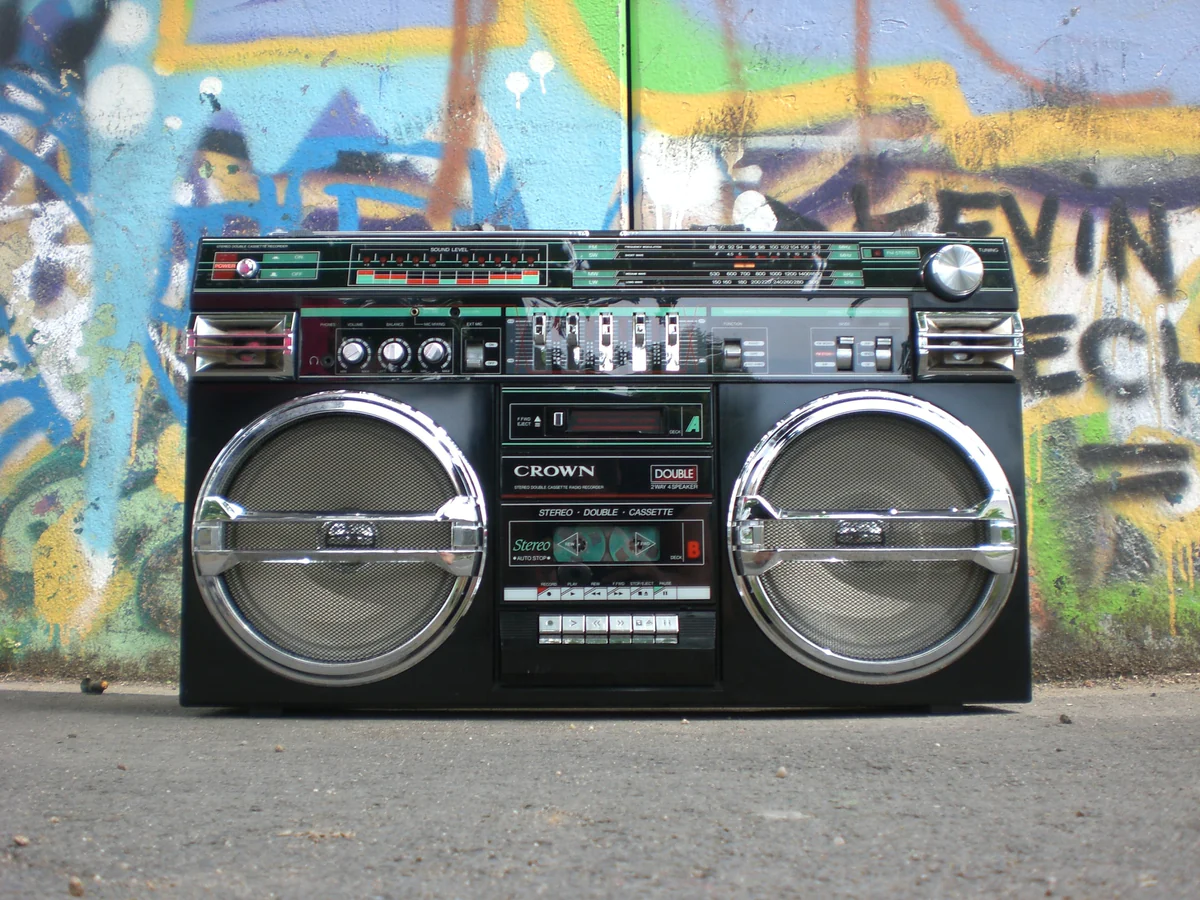
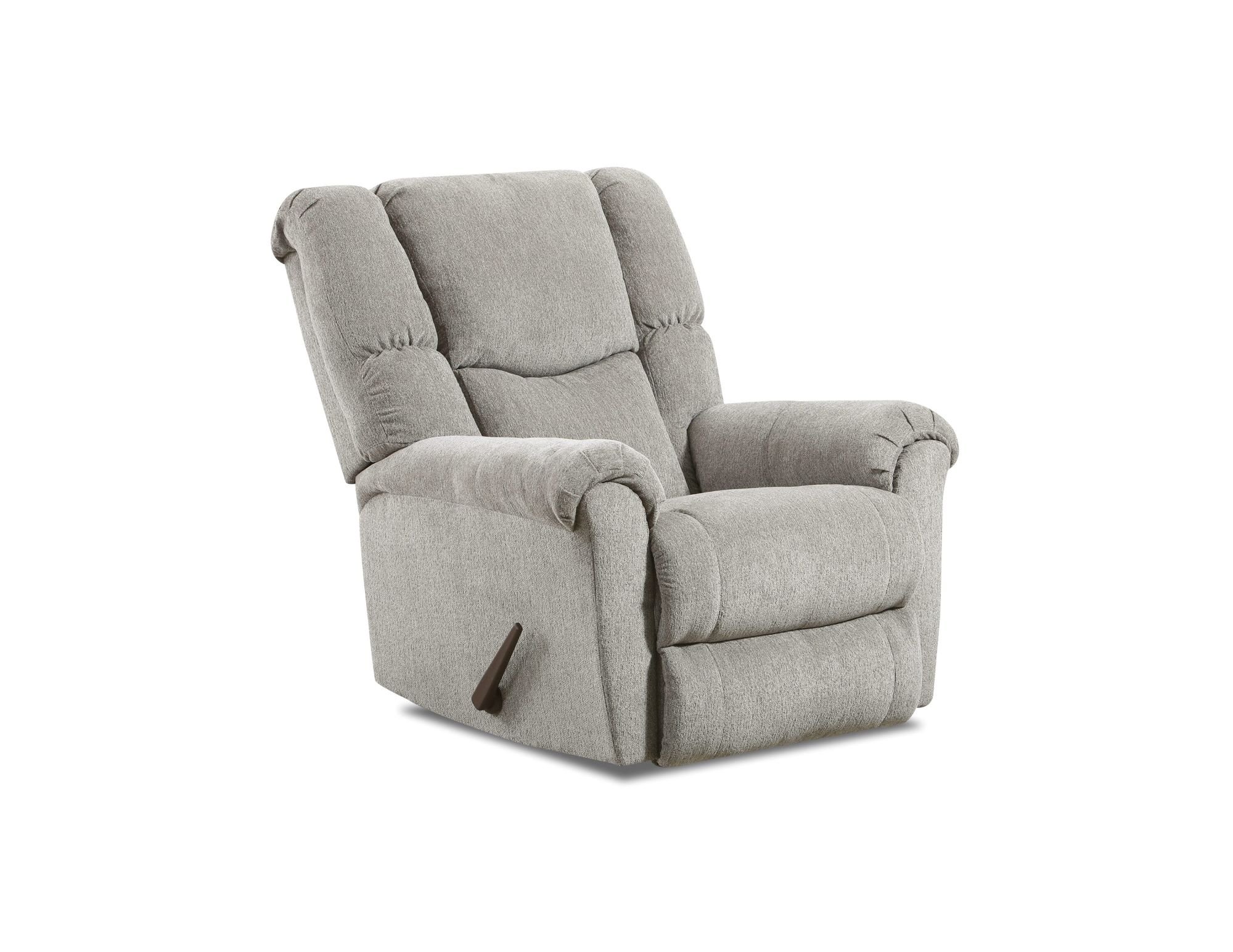
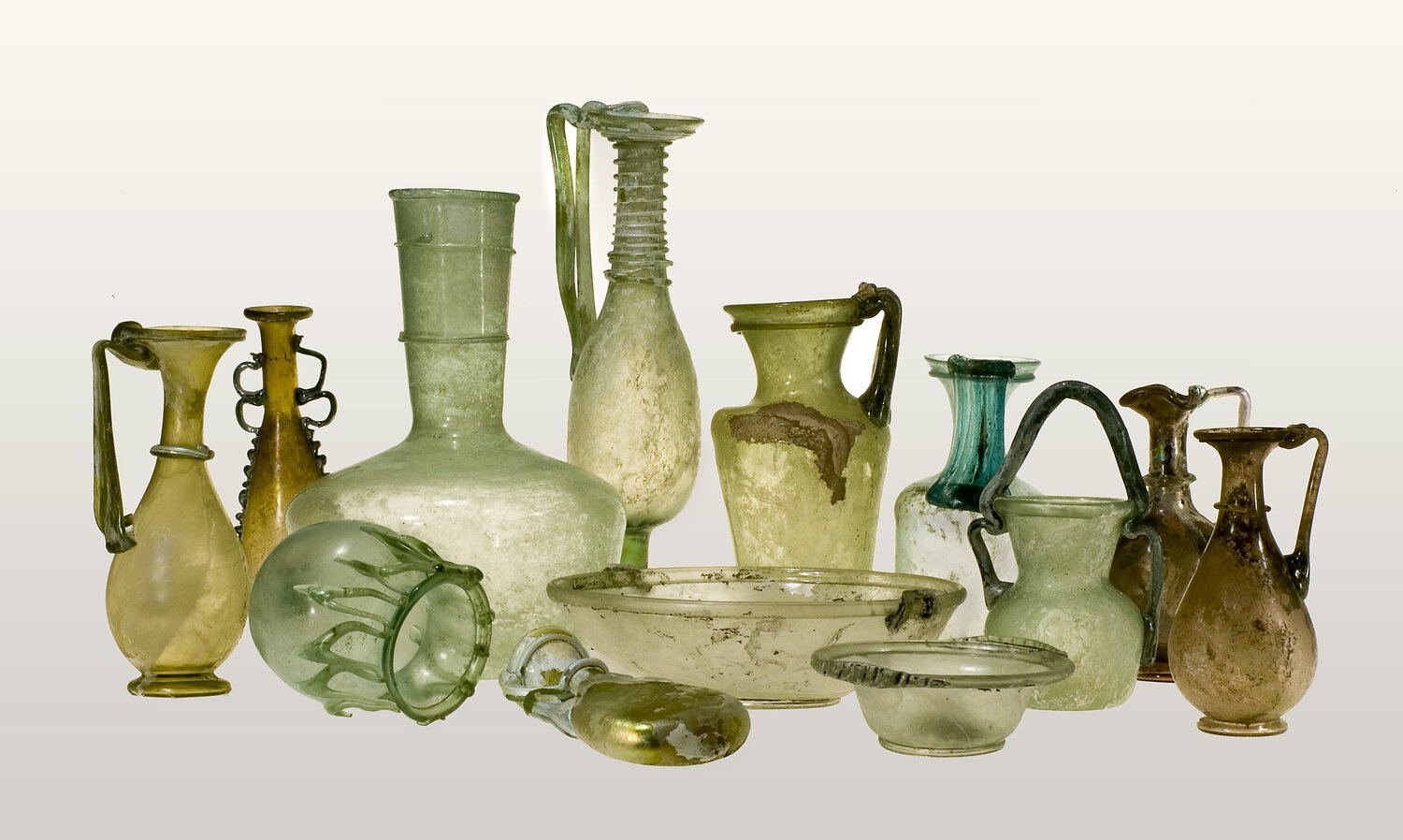
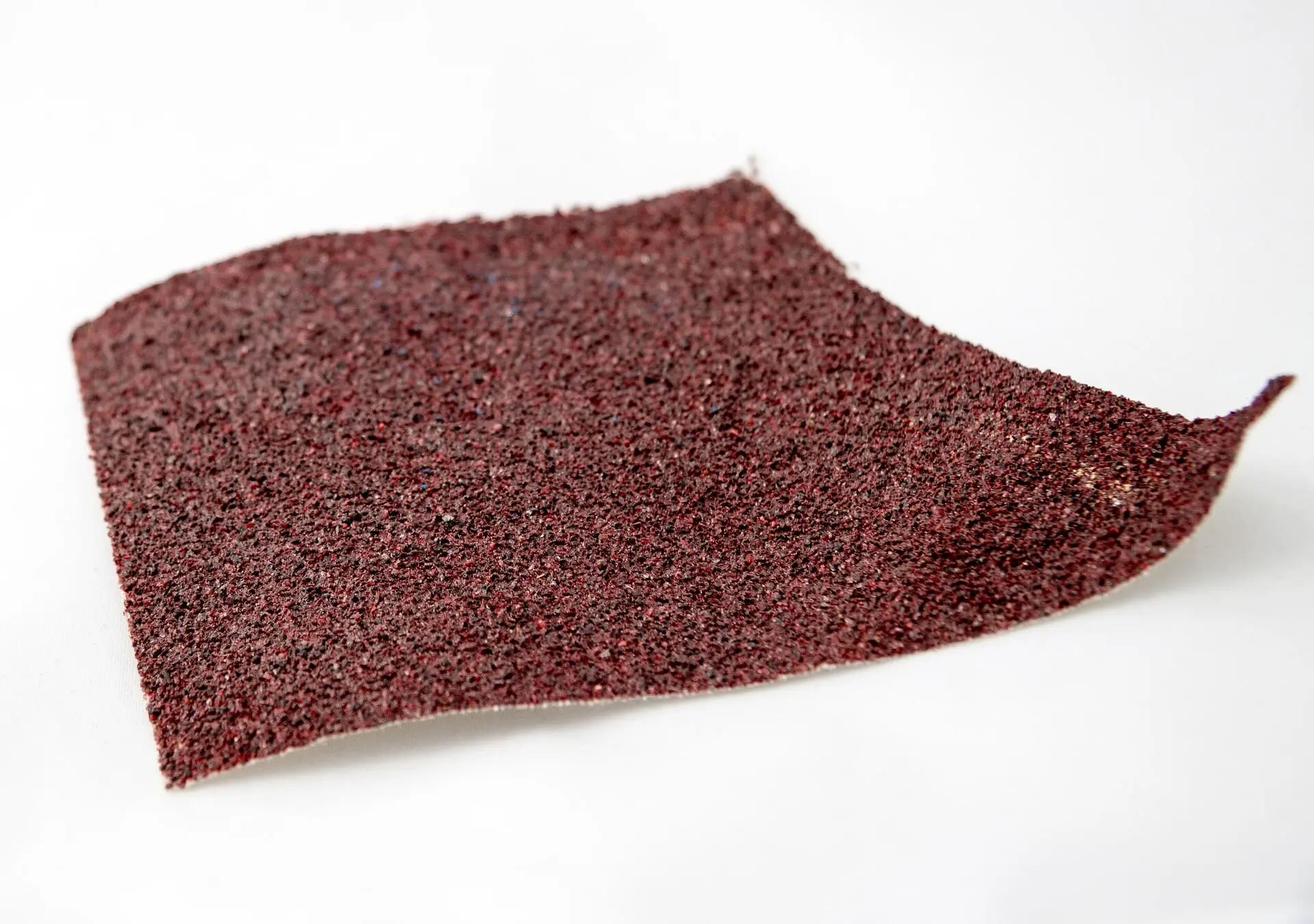

0 thoughts on “When Was The Washer And Dryer Invented”